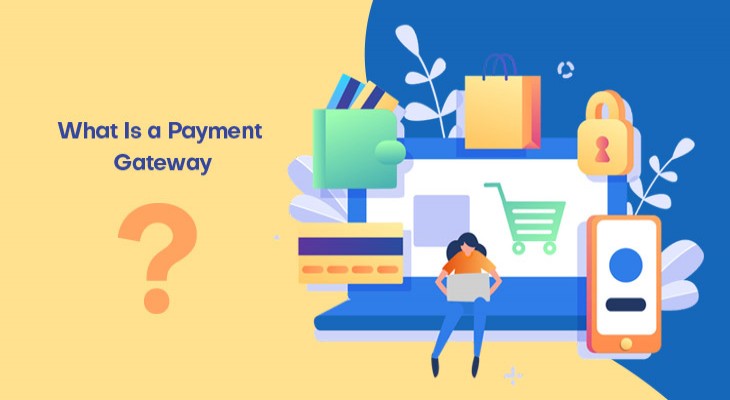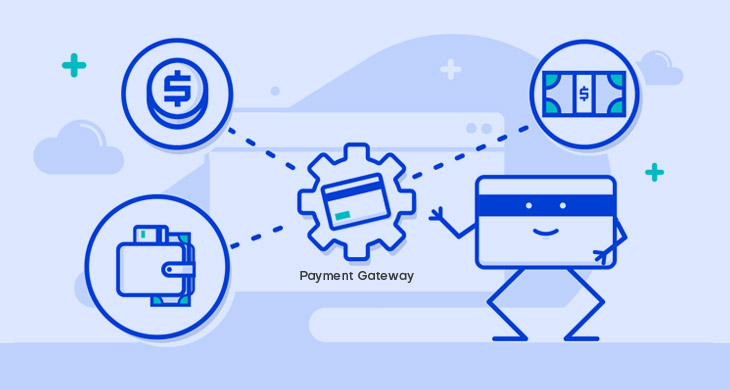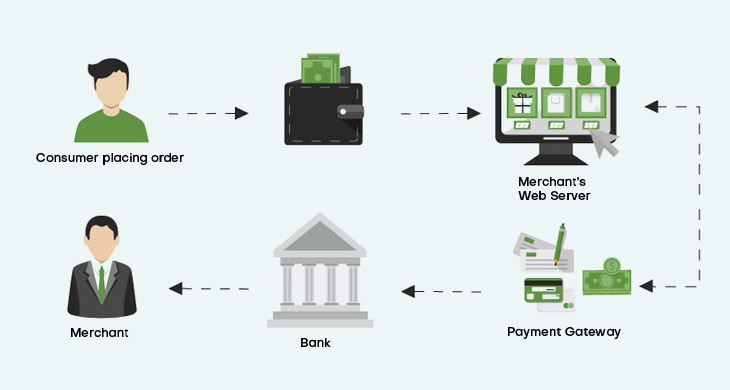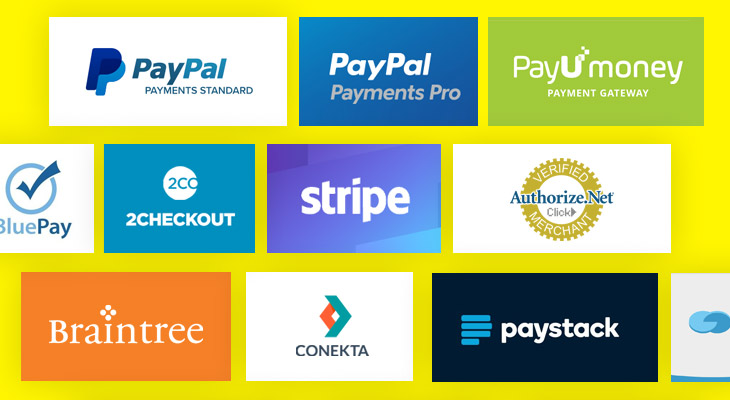

Simply put, a payment gateway is a middleman between the merchant and customer to securely transfer payment data. To understand what is a payment gateway and how it works, just suppose: You’re running an eCommerce store or a nonprofit organization, and you’re not using a payment gateway. To get paid for your products/services or to collect funds for your charity, you’ll have to:
Doesn’t it sound so complicated? Well, this is what all the reliable & trusted payment gateways do for you.

“An online payment processing technology that encrypts and transfers sensitive payment data from the customer to the acquiring bank (merchant’s bank) and then relays the data back to the customer about the payment acceptance or decline.” Before proceeding to and understanding how a payment gateway works, you need to know what are the 6 key players in an online transaction that’s executed using a payment processor.

When a credit/debit card-based online transaction is completed through a payment gateway, it involves the following major players:
An individual or an organization that’s entitled to receive the payment from the customer is called the merchant. A payment gateway, a PSP (payment service provider), or any other financial institution can issue you a merchant account. And if you don’t have a merchant account, you can’t accept payments from your clients or donors.
The customer is your client who has purchased your products/services or is making a contribution to your cause. Your customer will need to have an account with the issuer bank to make an online payment.
The acquirer is the merchant that is entitled to receive funds and deposit them into the merchant’s account.
The issuer is the customer’s or donor’s bank that authorizes a transaction and issues payment from the client’s account to the acquirer.
After getting information from the acquirer, the card schemes (Visa, Mastercard) perform a fraud check and pass it on to the issuing bank to authorize the transaction.
6. The Gateway Itself:
Acting as an interface between the merchant’s website and the acquiring bank, the payment processor securely relays sensitive information between other key players. To integrate a payment gateway into your charity or business website, you’ll need the payment gateway extensions.

15 payment gateway extensions supported by Lifeline Donation Pro:
While it’s the matter of a few clicks for a customer to make an online payment and get a (payment) confirmation message, the payment gateway executes various complicated procedures in the background. Here’s the 10 simplified procedure regarding how a payment gateway works:
As a customer feeds card or payment details into the online platform of a payment gateway (which may be on the merchant’s website), it captures and encrypts the data to safeguard it against theft.
The gateway verifies the card details of the customer and performs fraud checks to minimize the risk of an illegal transaction.
After the validation of the client’s data, the gateway relays the information to the acquiring bank.
On receiving the data from the online payment gateway, the acquirer performs fraud checks and forwards it to the card schemes (Visa or Mastercard).
After performing another layer of fraud check, the card schemes convey the payment information to the issuer bank to authorize the transaction and issue funds.
After authorizing the transaction, the issuing bank sends the approval message to the card schemes. The card schemes then pass on the same message to the acquirer.
If the payment is approved, the funds are deposited into the merchant’s account. But the hectic job of a payment gateway does not end here.
The acquiring bank sends an approval or rejection message to the payment gateway.
The gateway conveys a message to the merchant about the approved/declined payment.
After receiving the payment approval message from the gateway, the merchant can display the same on the webpage for the customer. And, in case of a declined payment, they will ask the client to choose an alternative payment method and reinitiate the transaction process.
A payment gateway does a hectic job and involves various complicated procedures to complete the online payment process.
Since 2013, Webinane has been a trusted provider of complete website solutions. Whether you need premium themes, advanced plugins, or expert services to enhance your website’s performance, we’re dedicated to delivering excellence and meeting all your digital needs.
Get An Instant Reply